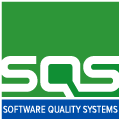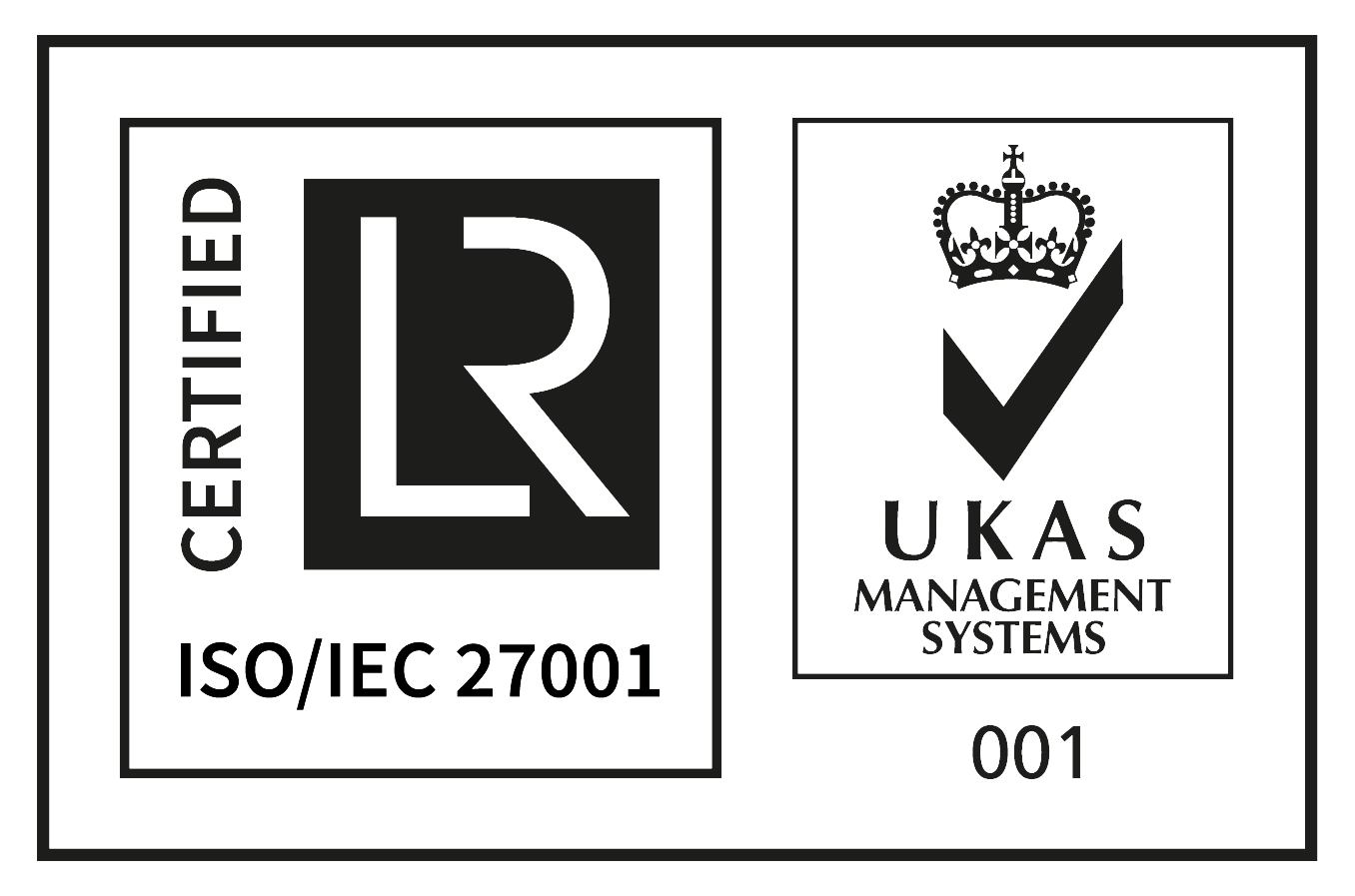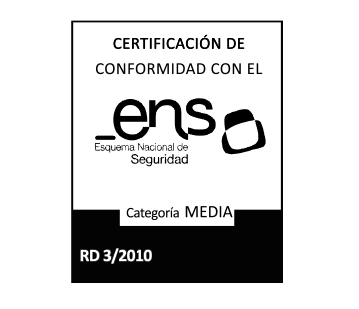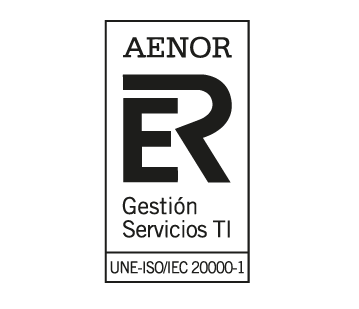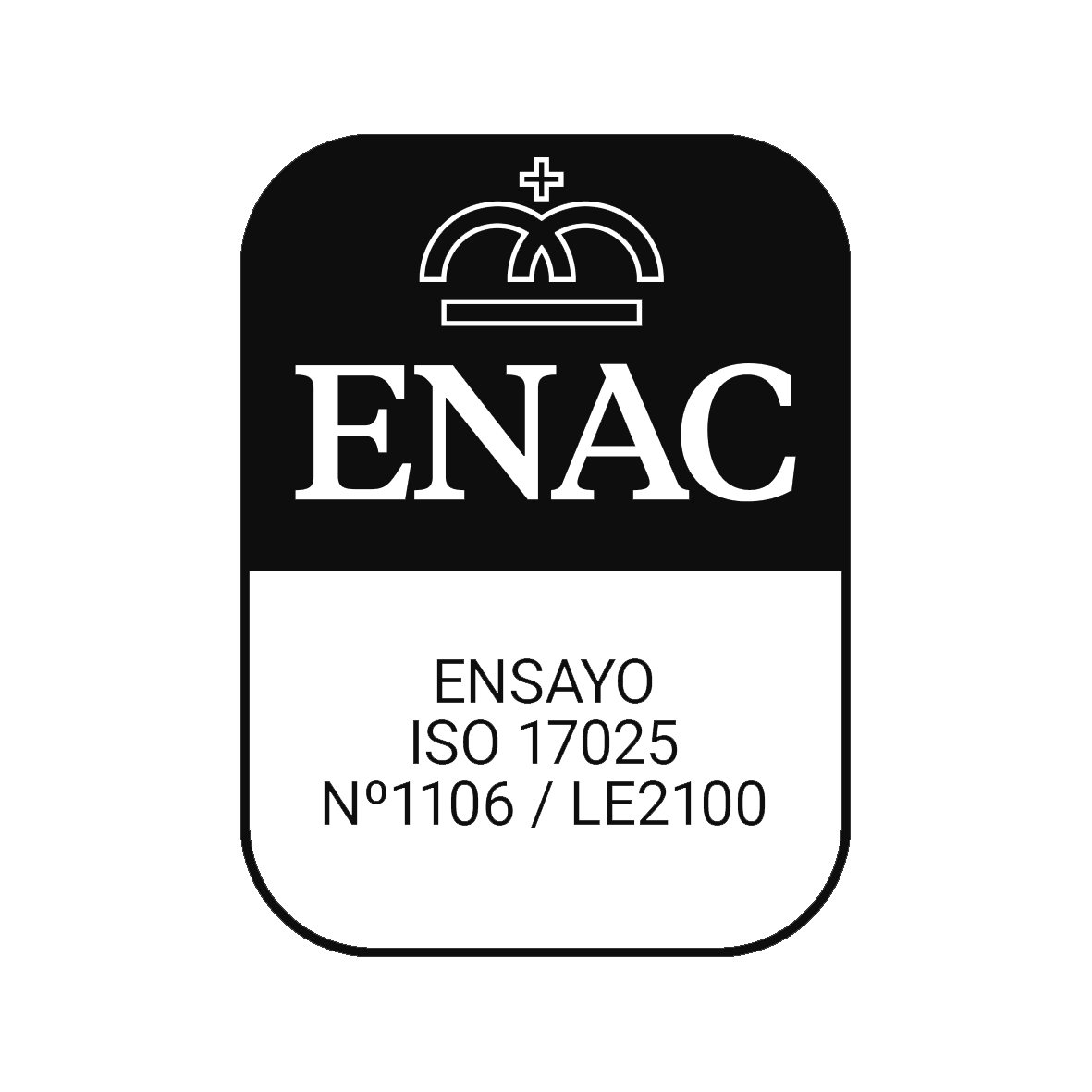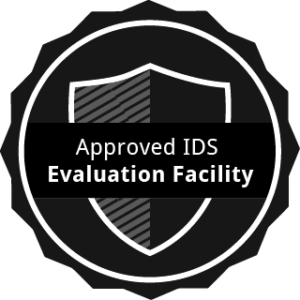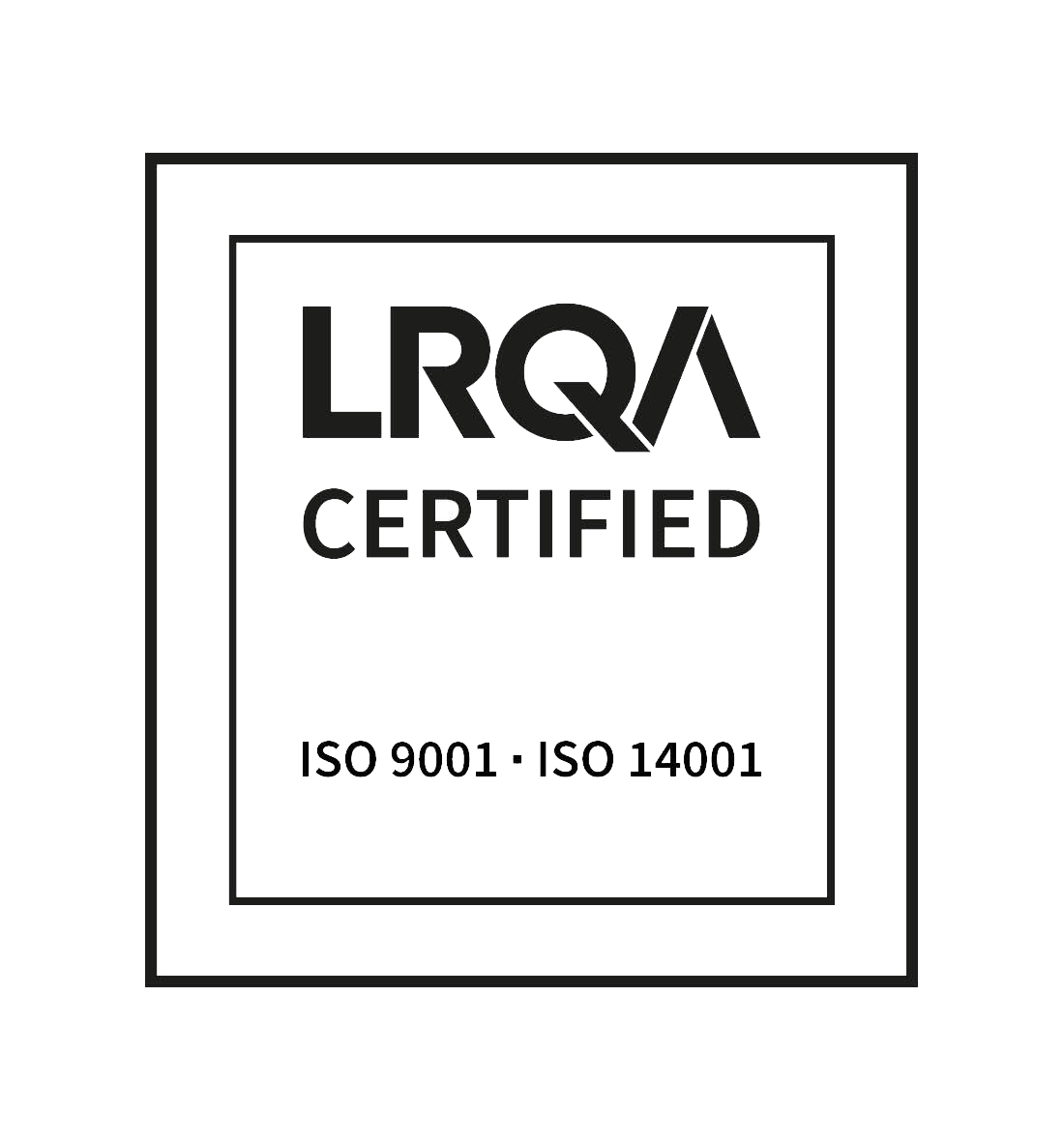Assesment
Process Optimization in the Railway Sector
Process optimization is key in the development and management of software systems in the current railway sector, as the railway sector has undergone a significant transformation in recent decades, driven by digitalization, automation, liberalization, and compliance with regulations. SQS is a specialized company in conducting diagnostics and evaluations of software development processes, ensuring that these comply with the necessary regulations and standards to operate in critical environments such as the railway sector.

Diagnostics and Assessments
Diagnostics can encompass the complete software development lifecycle or focus on specific processes. These diagnostics are essential for identifying weaknesses and strengths in current processes, allowing railway companies to continuously improve their systems.

Regulations and Standards
Process consulting includes the definition and implementation of improvement methods and tools, aligned with international regulations and standards.
CENELEC and IEC 61508: General standard for functional safety of electrical, electronic, and programmable systems. These standards ensure that software systems meet safety and functionality requirements, are secure, efficient, and compatible for operation in railway environments.
Improvement Proposals
The outcome of these services not only includes a detailed report on the process’s weaknesses and strengths but also a comprehensive improvement proposal. This proposal includes an implementation plan that guides companies in adopting best practices and advanced technologies.
Clients and Sectors
The clients for these services encompass all companies involved in the railway industry, including:
- Manufacturers of vehicle systems, equipment, and components
- Manufacturers of signaling and control systems
- Developers of communication systems
- Railway operators and administrators
- Public administration
These standards and services are crucial for ensuring the safety and efficiency of railway systems across various sectors of the industry.
Additionally, SQS works for entities that develop and manage software systems and products in various sectors, including telecommunications, medical equipment, and pharmaceutical laboratories. The experience across multiple sectors allows SQS to apply best practices from different industries to the railway sector.
Impact on the Railway Sector
La optimización de procesos en el sector ferroviario tiene un impacto significativo en la seguridad y eficiencia de los servicios. Al mejorar continuamente los procesos de desarrollo de software, las empresas ferroviarias pueden ofrecer servicios más seguros y fiables, reduciendo el riesgo de fallos y mejorando la experiencia del usuario.
SIL (Safety Integrity Level)
SIL (Safety Integrity Level) is a key concept in the functional safety of industrial systems, including the railway sector. SIL is a measure of the effectiveness of a system’s safety functions. It is used to define the level of risk reduction required for a safety system. SIL is classified into four levels, from SIL 1 to SIL 4, with SIL 4 being the highest level of safety integrity. Each level represents a range of probability of failure in a safety function
SIL Levels
- SIL 1: Basic level of safety integrity. Used for systems where the risk of failure is relatively low.
- SIL 2: Intermediate level. Applied to systems with a moderate risk of failure.
- SIL 3: High level. Required for systems where the risk of failure can have serious consequences.
- SIL 4: Very high level. Used in critical systems where failure can have catastrophic consequences
Application in the Railway Sector
In the railway sector, SIL levels are applied to various control and signaling systems to ensure operational safety. For example:
- Signaling Systems: Railway signaling systems must comply with high SIL levels (SIL 3 or SIL 4) due to the severe consequences that may result from a failure.
- Train Control: Automatic train control systems must also meet high SIL levels to ensure trains operate safely and efficiently.
- Protection Systems: These include emergency braking systems and other protection mechanisms that must be highly reliable
Evaluation and Certification
SIL evaluation involves comprehensive risk analysis and implementation of appropriate mitigation measures. Companies must follow standards such as IEC 61508 and CENELEC EN 50129 to obtain SIL certification. This process includes:
- Hazard and Operability Analysis (HAZOP): Identification of potential failures and their consequences.
- Testing and Validation: Verification that the system meets safety requirements.
- Audits and Reviews: Periodic assessments to ensure maintenance of safety levels
Subscribe to our newsletter
Follow us
Disclaimer | Cookies Policy | Contact
© 2025 Software Quality Systems S.A. | SQS is a member company of Innovalia
